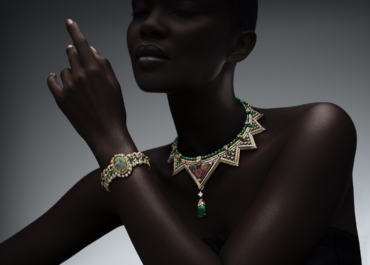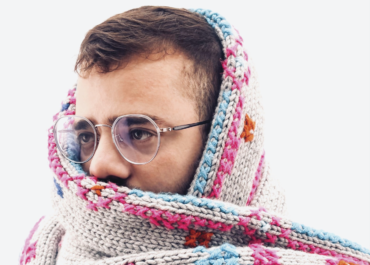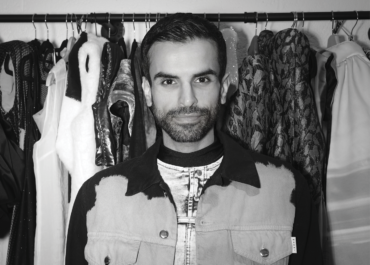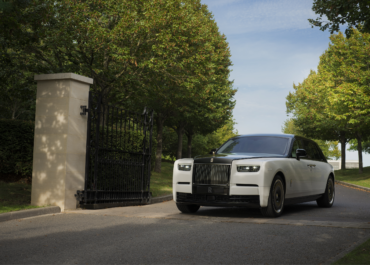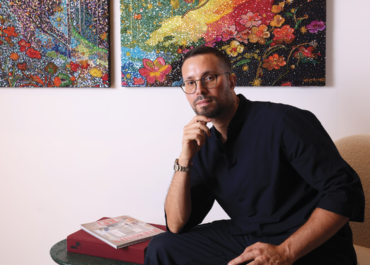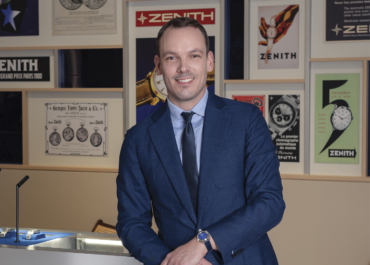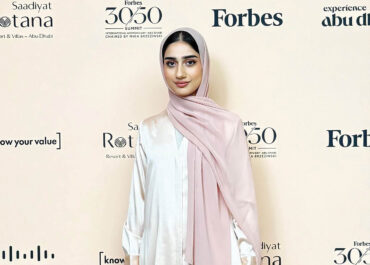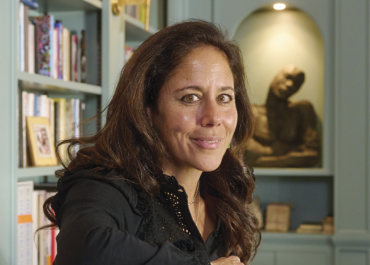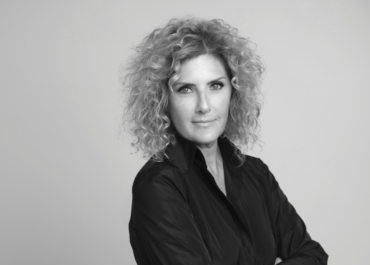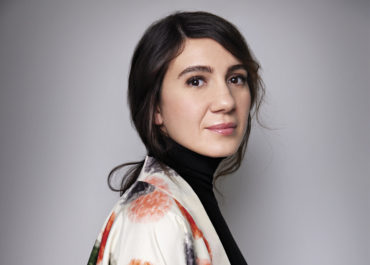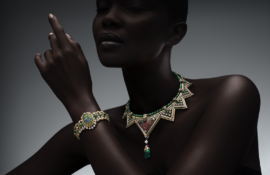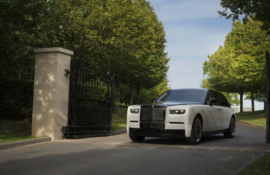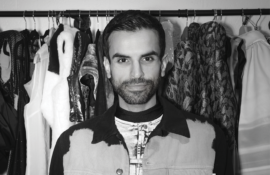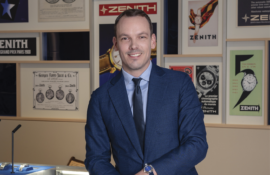As Abu Dhabi Art prepares for its most ambitious edition yet, welcoming 140 galleries from 35 countries, the fair stands as a symbol of the UAE’s growing influence on the global art scene. At its helm is Dyala Nusseibeh, Director of Abu Dhabi Art, whose leadership has been instrumental in shaping the fair into a meeting point for international collaboration, cultural dialogue, and artistic discovery.
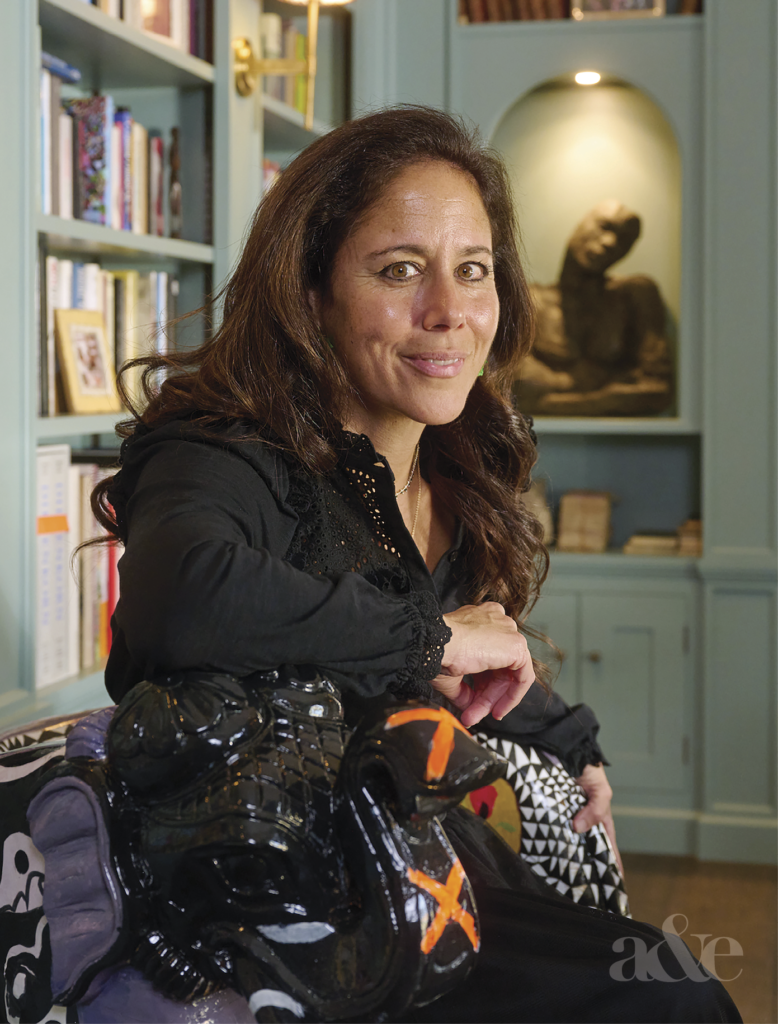
Under her direction, Abu Dhabi Art has evolved from a boutique fair into a major platform that reflects the emirate’s wider cultural vision, one defined by inclusivity, education, and global exchange. This year’s edition extends that vision further, spotlighting Nigeria, the Gulf, and modern Türkiye through its Focus Sectors, and introducing new collaborations with emerging galleries and artists from around the world.
In this interview, Nusseibeh reflects on the fair’s remarkable growth, the power of cultural diplomacy, and the dynamic creative energy that continues to position Abu Dhabi as a bridge between global art markets
This year’s edition has been described as Abu Dhabi Art’s most ambitious yet, with 140 galleries from 35 countries. What does this growth signify about the fair’s evolution and its role on the global stage?
The rapid growth of Abu Dhabi Art in recent years cannot be seen in isolation. Important cultural projects are now coming to fruition in Abu Dhabi, many of which have been in planning stages for close to two decades. More specifically, I would point to the constellation of museums on Saadiyat Island that have opened or are soon to open, among which are Louvre Abu Dhabi (opened 2017), Natural History Museum which opens this month, Zayed National Museum (opening December 2025), and of course Guggenheim Abu Dhabi, opening toward the end of 2026. Cultural professionals working for these institutions, building global networks, contributing to our creative economy and enabling local knowledge production to be shared globally, have collectively created a strong base for the development of our market.
Seen through a wider lens, the Gulf has come to global attention for its significant government-led investment in culture, at a time when many countries are facing significant cuts in arts funding. This makes the UAE attractive as a partner for global galleries seeking new collectors and institutional support for their artists.
Finally, as an art fair that started as a more high-end boutique project, we have been able to introduce different (lower) price points for artworks, bring in a wider range of galleries from a broader geographic spread, and create a space for emerging and mid-sized galleries to participate. This has, in turn, attracted a younger generation of potential collectors and encouraged them to start acquiring works from the fair. In this sense, we have supported the growth of less dominant global art markets and grown as a fair in step with this.
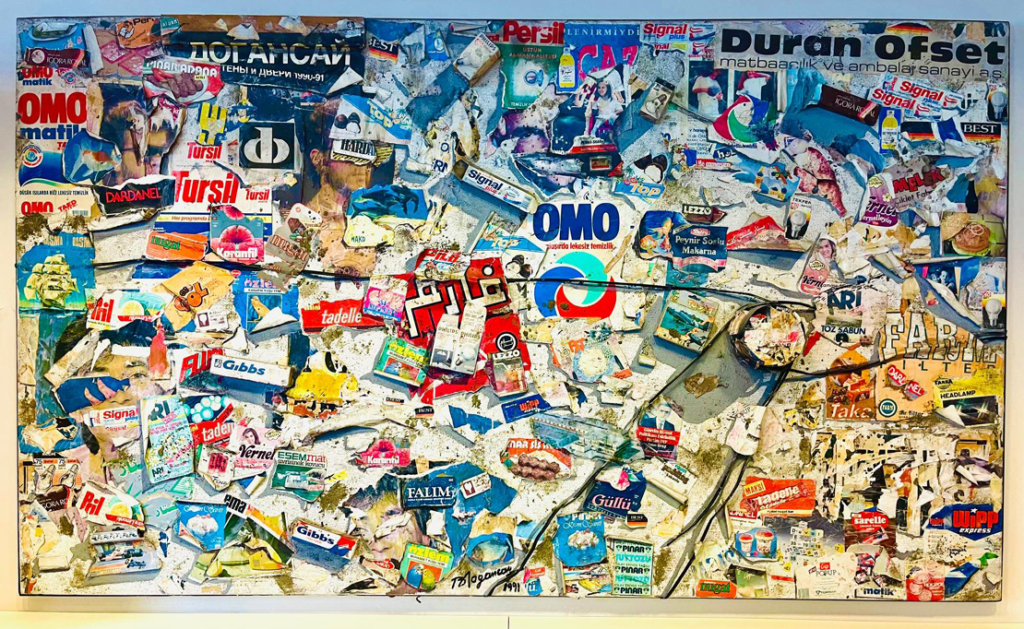
With many first-time participants from new regions, what was the curatorial vision behind expanding geographic diversity this year?
Our collaboration with the Nigerian Ministry of Art, Culture, Tourism and the Creative Economy, in particular, bears reference here. Like the UAE, the Nigerian Ministry has placed strong emphasis on developing and enhancing its creative economy and providing opportunities in the creative sphere for its youth. Thanks to their support, we are presenting modernist Nigerian artists such as Nike Davies-Okundaye and Twins Seven Seven through kó gallery alongside emerging artists from 6 galleries, including SOTO gallery, which is a community-centred space that opened in 2022. The ambition for the Ministry is to develop a new, broader market for its artists. Abu Dhabi, as a cultural hub,§ offers a dynamic platform for them.
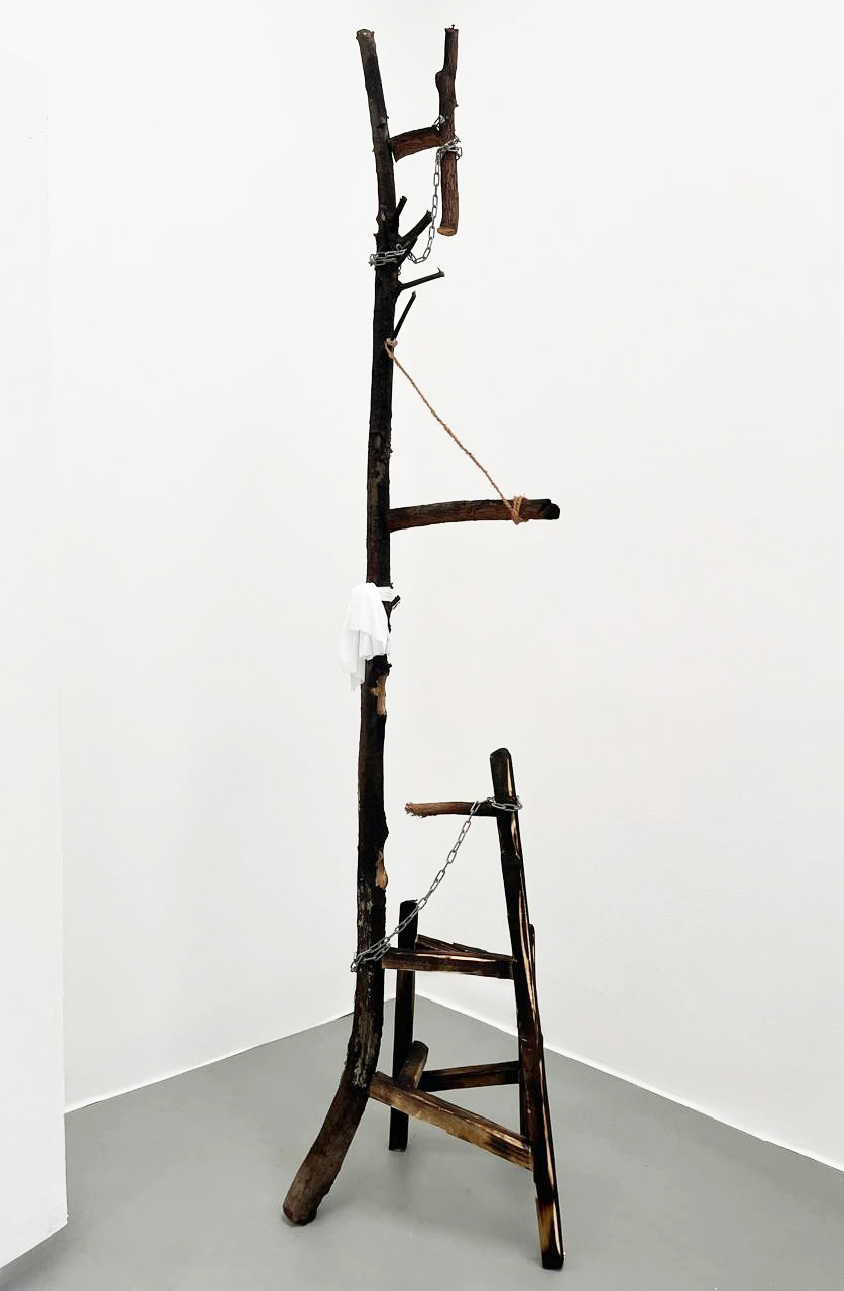
The Focus Sectors shine a light on Nigeria, the Gulf, and Modern Türkiye. What connects these regions conceptually, and how do they reflect Abu Dhabi’s position as a bridge between cultures?
I would say that all three geographies are dynamic creative centres for artistic production and that modern and contemporary artists from these countries are relatively under-researched in the context of global art histories (traditionally Euro-centric in emphasis). All three societies have undergone tremendous socio-political transformations in recent decades, and it is fascinating to think about how artists have engaged with these changes in their practice and how globally connected these artists were and continue to be. Take, for example, Fahrelnissa Zeid (showing at DG Art Project), who was born under the Ottoman Empire in Türkiye, married Prince Zeid bin Hussein, a member of the Hashemite royal family of Iraq, lived and showed in Paris and London as well as Baghdad and Istanbul and ended her days mentoring younger female artists in Jordan. Or Nike Davies-Okundaye and Twins Seven Seven (showing with kó gallery), who were part of the Osogbo movement in Nigeria. The Osogbo movement came out of a period of transition in the early years of Nigerian independence in the 1960s. Osogbo—a town connected by rail and known for its cultural heritage—became a gathering point for artists, performers, and thinkers. Many of these artists are also currently in an exhibition in a show about Nigerian Modernists at the Tate Modern in London. To be able to visit the fair and acquire works by such historically important artists is exciting in my view. In the Khaleeji Focus, Nasser Al Yousif is being presented by Albareh Gallery. He was an important artist in Bahrain, and the beautiful linoleum prints on view depict quotidian community scenes such as fishing, diving, music, and dancing. These works were created in the 1980s when the artist had begun to lose his sight. He drew on his mind’s eye to recreate these vignettes, recalling a now much-transformed country.
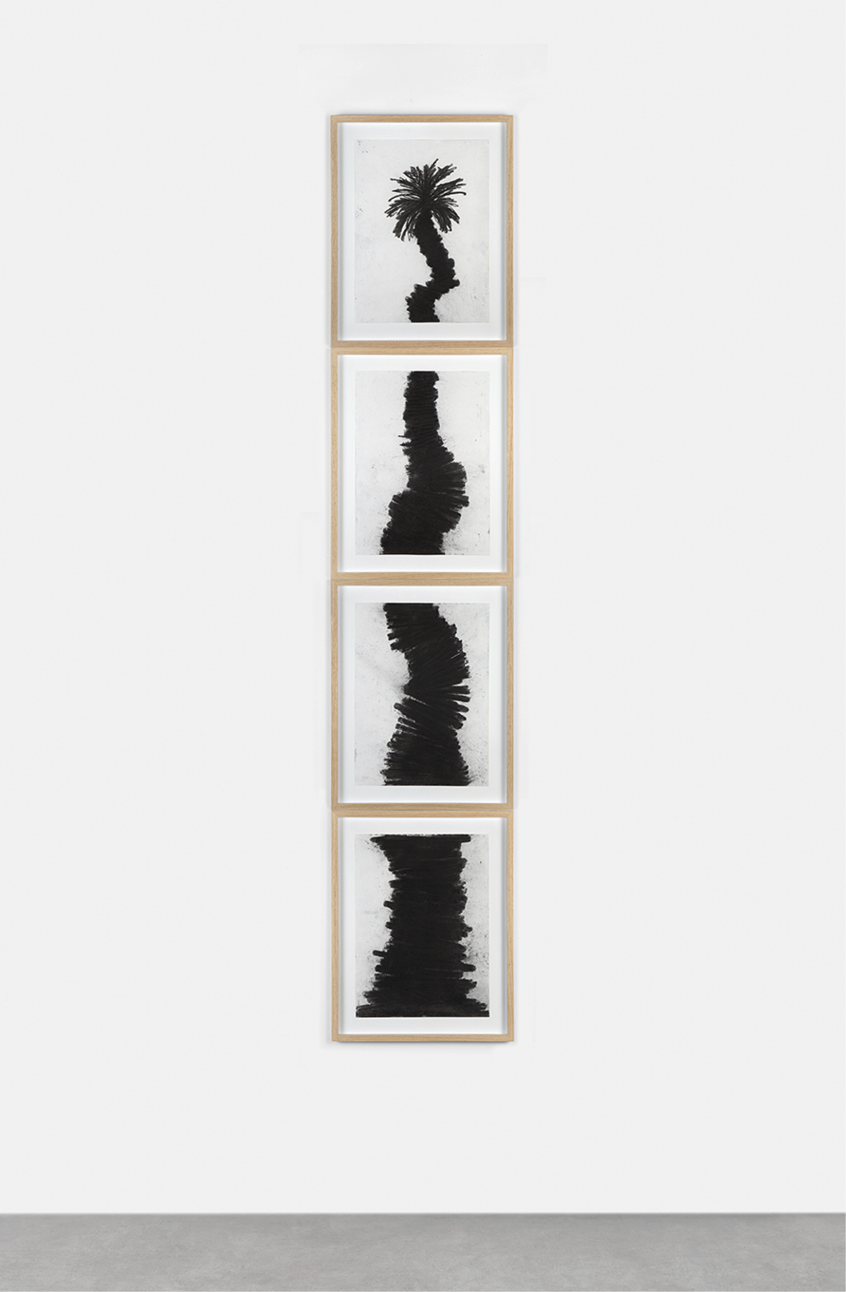
The UAE’s art scene has evolved dramatically in the last decade. From your perspective, what makes Abu Dhabi’s approach to art and culture distinct within the region?
The commitment of the UAE government to supporting the creative economy and placing culture at the heart of its vision for the future development of the nation is exceptional. I would say it is two-pronged; on the one hand, led by an ambition to provide the best possible opportunities for youth on the ground and on the other, as an exercise in soft power internationally. The UAE advocates that the wealth of the nation lies in its people and therefore strategically invests in the best possible education for youth, providing the tools necessary for younger generations to build their futures. This sentiment drives investment in higher learning institutions for technology and AI, medicine, science, space, astrophysics, engineering and of course culture. Both local and international universities that have set up in the UAE are contributing to what has been called the “brainport generation”, a generation growing up at a time where the UAE is a centre for knowledge production globally, where many innovators have set up in the UAE to work on world-leading research. Of course, others in the region are thinking along similar lines, but few have managed to attract so many global investors and innovators to make the UAE their home, contributing to social innovation on the ground. At the same time, global economic exchange and economic integration bring in their wake cultural exchange, the exchange of ideas and positions. The UAE is supported in its global economic and political aims in part through the strength of its cultural diplomacy and soft power policies.
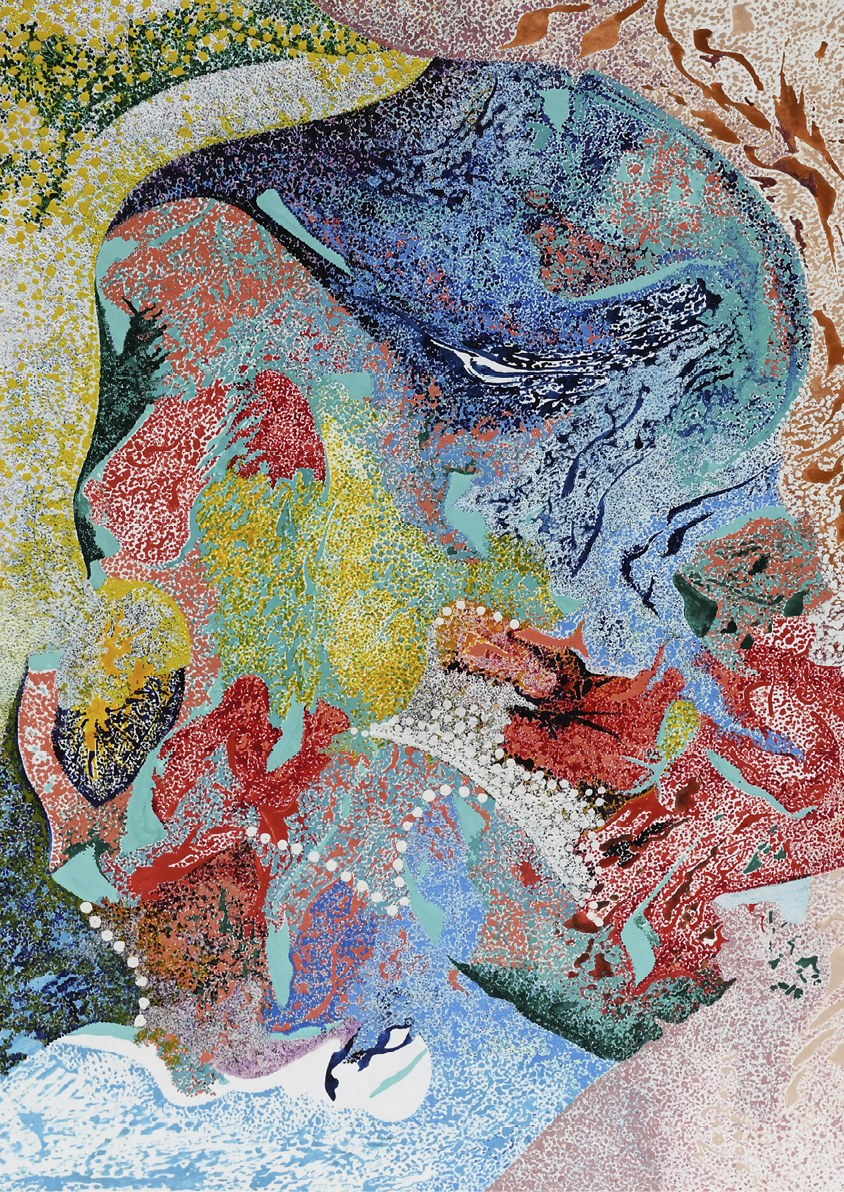
How have government and institutional investments influenced the pace and direction of this growth?
Enormously. The Louvre Abu Dhabi is a case in point as a symbol of a far wider bilateral co-operation between the UAE and France that has benefitted both the French and the Emirati creative economies, whilst also strengthening political ties between the two countries. Since the Louvre Abu Dhabi opened in 2017, it has welcomed over 1 million visitors a year, vastly increasing the number of cultural tourists to the emirate, but also the quality of exhibitions and art historical research available for local schools and universities to integrate into their curricula. Guggenheim Abu Dhabi, though not yet open, has been acquiring art for its collection for years and has already had a seismic impact on artists in the region, attracting global interest in Southwest Asia and North Africa (SWANA) art and art histories.
Similarly, New York University – Abu Dhabi Art Gallery and Al Mawrid Arab Centre for the Study of Art at NYU-AD have accelerated research into the art histories of West Asia and North Africa and enabled vital knowledge production to come out of Abu Dhabi in this field. Professors at NYU-AD also spend semesters teaching as New York University faculty, ensuring a transfer of knowledge and integration of ideas globally. In terms of pace and direction of growth, global partnerships and local institution-building are vectors that interconnect to drive these changes. There is a real energy in Abu Dhabi at present that is led by the government but also supported by grass-roots organisations, private philanthropists and corporations. The work of these stakeholders and others whom I should also highlight (Warehouse 421, Rizq Art Foundation, Cultural Foundation, etc) will yield, I think, amazing opportunities for youth today.
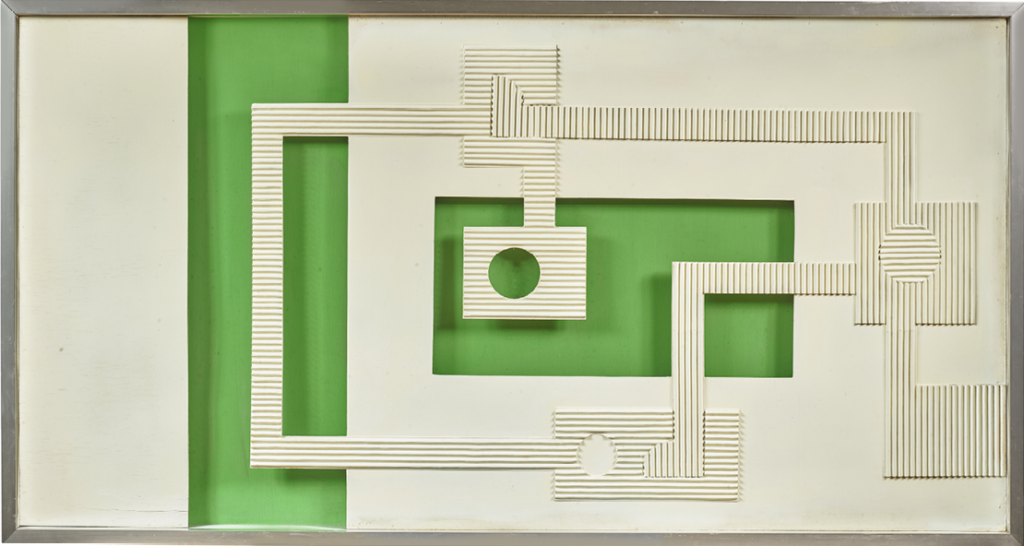
How does Abu Dhabi Art ensure that homegrown talent is represented and supported on an international scale?
Our Beyond Emerging Artists programme springs to mind here. Each year, we commission three artists from the UAE to create new work, which is shown first at Abu Dhabi Art, then later exhibited internationally in different locations. We work closely with a group of cultural philanthropists called Friends of Abu Dhabi Art (FOADA) to deliver this programme and appoint a guest curator each year to mentor and support the artists with their commissions. In 2024, we showed these artists in Venice, Italy, and then, thanks to the support of a FOADA member, Shafeena Yousuff Ali, we showed these artists in Kochi, India. This year, thanks to the support of our partner HSBC, we exhibited three commissioned artists in both London and Hong Kong.
The UAE has become a major destination for collectors. How do you see the collector base evolving, and what trends are emerging among regional patrons?
It is certainly a desirable destination with the relocation of many high-net-worth individuals to the UAE in recent years. However, I would highlight that there is also an existing community with strong roots, thanks to whom the fair has evolved. We have collectors who have been building collections for decades in the UAE. What is evolving is how younger collectors are impacting the scene, what their interests are, as well as the buying power of some of the newcomers to the UAE and the ramping up of museum acquisitions for the region. I would say a clear growth in the value of art from the region can be expected, given the investment of museums that are both acquiring and building on existing research and archives for and about artists from this part of the world.
Collaboration and education seem to be central to Abu Dhabi Art’s DNA. Can you share more about the initiatives that extend beyond the fair, such as community programmes, residencies, or public art projects?
We launched the Pavilion Prize in 2017, inviting architecture and design students to propose a Welcome Pavilion for the fair. The winning design is produced for the fair following an annual competition, and the Pavilion is viewed by 35,000 visitors each year. We also commission artists to create site-specific works in cultural sites in Al Ain, bringing art into public spaces. This year, six artists are creating works for Al Ain, including our Beyond Emerging Artists, Alla Abdunabi, Maktoum Al Maktoum and Salmah Almansoori, as well as more established artists Issam Kourbaj, Nike Davies Okundaye, Ramin and Rokni Haerizadeh and Hesam Rahmanian. Their work will be on view in sites including Hili Archaeological Park, Al Qattara Arts Centre, Jebel Hafit, Al Ain Oasis, and outside the newly reopened Al Ain Museum.
Having led Abu Dhabi Art through years of transformation, what has been the most rewarding moment or milestone in your journey so far?
Probably reaching 140 exhibitors as a fair this year. When I joined in 2016, the fair had fewer than 40 exhibitors, so we have really matured over time into a major cultural event that contributes in a meaningful way to the local ecosystem and attracts international investment.
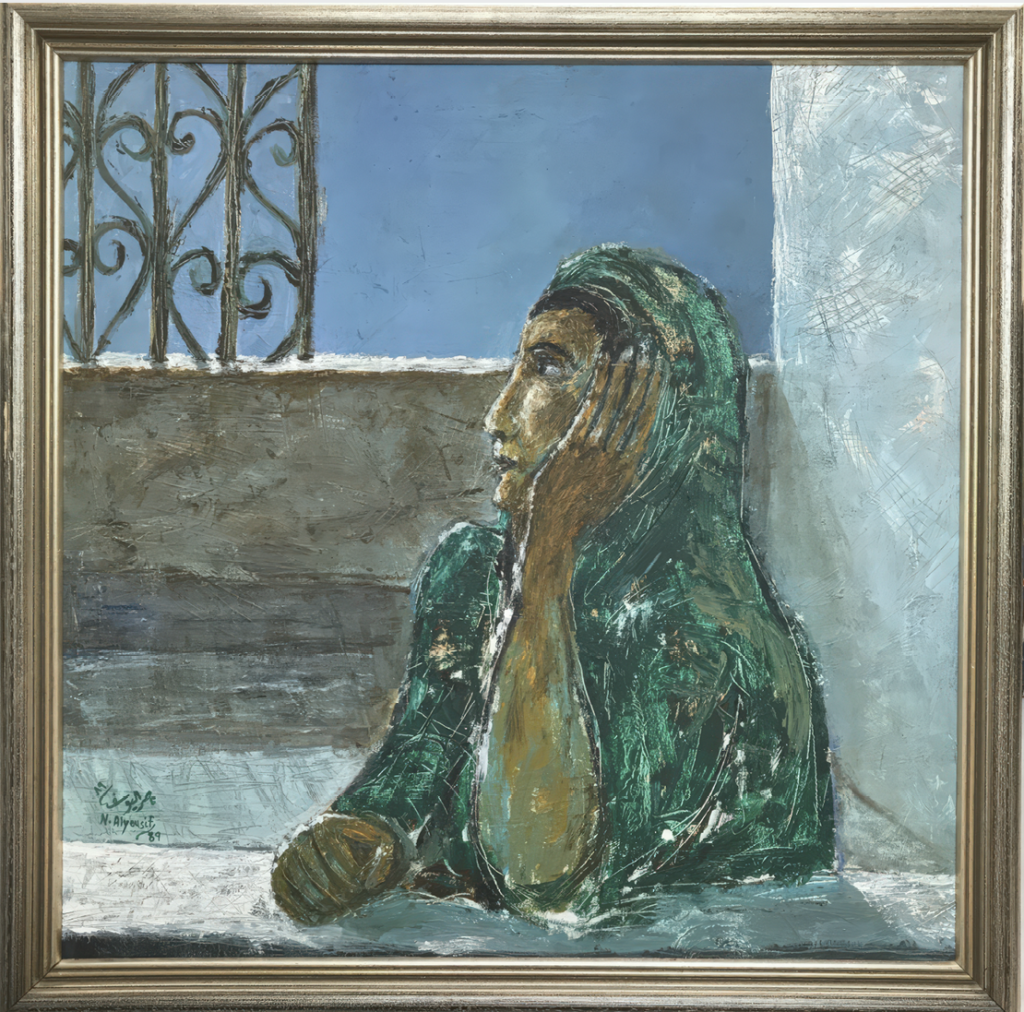
Looking ahead, and with the recent announcement of Frieze Abu Dhabi, what is your vision looking forward?
I can’t wait to collaborate with Frieze on the next chapter for the fair. I anticipate more integration globally for our regional market, more integration of our own narratives about our part of the world in global discourses and widespread benefits beyond the fair itself for arts professionals in the region. I look forward to seeing what Frieze Abu Dhabi ushers in. The team is fantastic and has decades of experience running major global fairs that bring big benefits to the cities they are part of.


